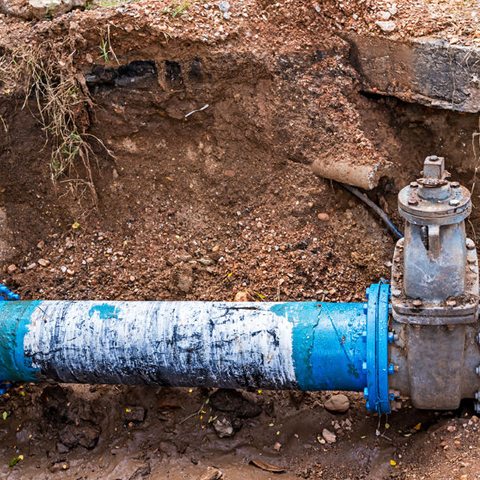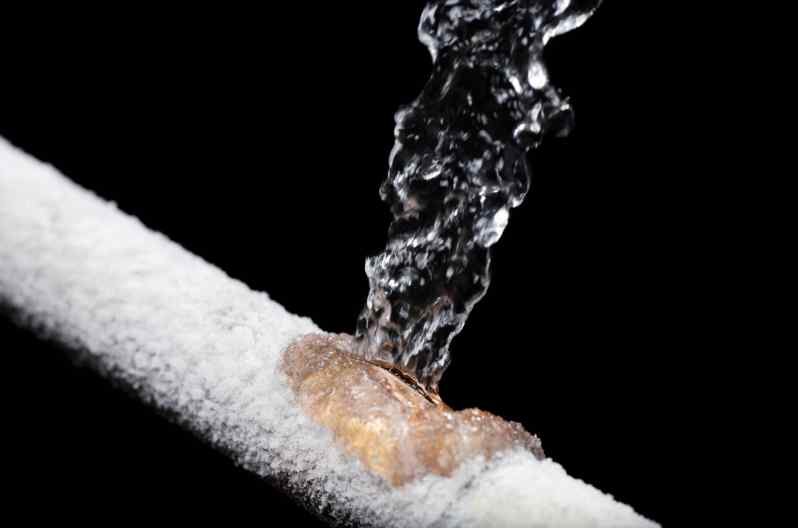Detecting and Quickly Fixing a Busted Pipe: Essential Steps
Detecting and Quickly Fixing a Busted Pipe: Essential Steps
Blog Article
This great article which follows relating to How to install a dishwasher safely is seriously stimulating. Read it for yourself and figure out what you think of it.

A burst pipeline is a significant emergency; you can just stand as you view water you pay dearly to reunite with the earth. In even worse situations, you notice a swimming pool on your kitchen area flooring, which is a terrific trip risk, especially if you have youngsters around. If the pipe that ruptured was in your wall surfaces, trouble: you might need to repaint that entire section.
How can a catastrophe like a burst pipeline be avoided as well as managed? Well, by paying attention to your specialist emergency plumbings as well as complying with these guidelines.
Just how do I recognize when my pipes have burst?
Varying water stress
Pipes do not just burst in a day. You may have observed that your cooking area faucet or shower doesn't run immediately when you turn the tap. It may stop briefly for a couple of seconds and then blast you with even more force than common.
In other circumstances, the water may seem typical at first, then decrease in stress after a few secs.
Damp walls and also water discolorations
Before a pipeline ruptureds, it will leakage, many times. If this persistent dripping goes unnoticed, the leakage may finish into a large gash in your pipe. One easy means to avoid this emergency is to look out for damp walls advertisement water discolorations. These water spots will lead you right to the leakage.
Puddles under pipelines as well as sinks
When a pipeline bursts, the outflow forms a puddle. It might show up that the pool is growing in size, and regardless of how many times you wipe the pool, in a few minutes, there's one more one waiting to be cleansed. Typically, you might not be able to trace the puddle to any visible pipes. This is an indication to call an expert plumber.
Untraceable leaking noises
Pipe bursts can occur in the most unpleasant places, like within concrete, inside wall surfaces, or under sinks. When the house goes silent, you may have the ability to listen to an aggravatingly relentless trickling sound. Even after you've checked your shower head and kitchen faucet, the trickling might proceed.
Beloved reader, the dripping may be coming from a pipe inside your wall surfaces. There isn't much you can do concerning that, other than inform a professional plumber.
Shut off the Water
When water freezes, it broadens in quantity by about 9 percent. And it increases with tremendous pressure: The stress inside pipelines might go from 40 pounds per square inch to 40,000 psi! No pipeline can hold that much pressure, so it bursts. The break might occur where the ice kinds, however regularly, it happens where water stress locates a vulnerable point in the pipeline. That may be inches or even feet from the icy location. Discover the water shutoff valve as well as turn off the water to avoid more damages. You could additionally require to shut off the electrical power too, depending on where the leakages happens and just how big it is.
Contaminated water
Lots of people assume a burst pipe is a one-way outlet. Fairly the contrary. As water drains of the hole or gash in your plumbing system, impurities find their way in.
Your water might be polluted from the source, so if you can, check if your water storage tank has any troubles. Nonetheless, if your drinking water is supplied and purified by the local government, you need to call your plumber instantly if you see or smell anything amusing in your water.
What do I do when I detect a burst pipeline?
Your water meter will certainly continue to run even while your water wastes. To lessen your losses, find the major controls and turn the supply off. The water pipe are an above-ground framework beside your home.
How to Fix & Detect a Leaking Pipe
How Do I Know if a Pipe is Leaking?
Leak detection tests can help you determine if your pipe has a leak. Even if you don’t see an apparent leak, you should still conduct leak detection tests regularly to save water and money—and prevent major damage to your home.
Water meter. It can be helpful to figure out what your usual water meter usage numbers are and then monitor them regularly. To monitor your meter, first, turn off all water faucets in your home. Check the meter and write down the numbers. In a few hours, check the meter again. If the numbers have changed, you have a leak. Water gauge. Use a water gauge to test your water pressure. Your showerhead should produce a certain amount of water pressure based on its model and design. If the pressure is lower than it is supposed to be for that specific showerhead, your home likely has a leak. Puddles. Look inside your bathroom, laundry, and kitchen sink cabinets. Puddles around the cabinets or around toilets, tubs, showers, and washing machines indicate the presence of a leaking pipe. You may also notice loose tiles, peeling or flaking paint, or mold caused by water accumulation. Napkin test. Even if you don’t see any puddles, you may still have a leak. You can test for water leaks in the bathroom, laundry, and kitchen by wiping below-sink connections with a napkin, paper towel, or piece of toilet paper. If it becomes damp, you probably have a leaking pipe under the sink. Discolored walls. Walls that are discolored—usually with brown or yellow stains—or bulging might mean that they have been impacted by water damage caused by a leaking pipe. Smell. A leaky pipe will create sitting water, and over time, that water may develop a musty smell. If your home smells musty, but you can’t locate the source, it may be due to a leak. Steps for Fixing a Leaking Pipe
A leaky drain can be remedied by tightening the pipe base, replacing the drain seal, caulking the rim, and tightening the pipe nut. Similarly, a leaking toilet pipe can be treated by tightening the packing nut. You may also need to replace the valve. A leaky faucet may just need tightening or replacement of the washers. If that doesn’t work, consider replacing your faucet. If your pipe has a hole in it, you may want to use a pipe leak sealer or pipe leak tape. This quick fix for water pipe leaks can also temporarily fix a copper pipe leak. https://www.ahs.com/home-matters/quick-tips/how-to-tell-if-pipes-are-leaking/

Do you really like reading about How to Install and Connect a New Dishwasher? Give feedback further down. We'd be glad to see your reactions about this piece. In hopes that you come back again later on. Those who appreciated our blog entry if you please do not forget to pass it around. Bless you for your time. Visit again soon.
Best decision? Call us. Report this page